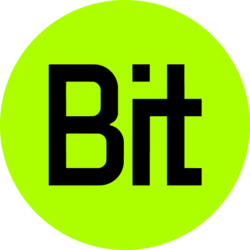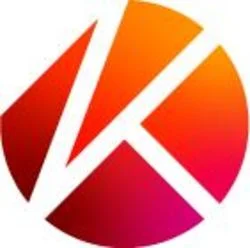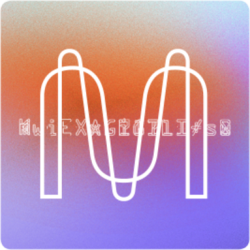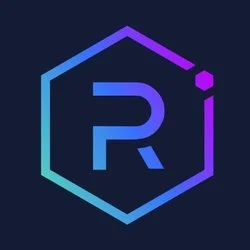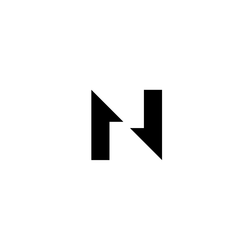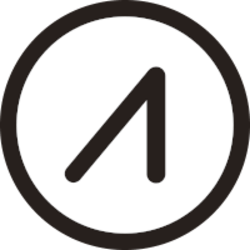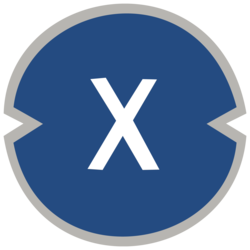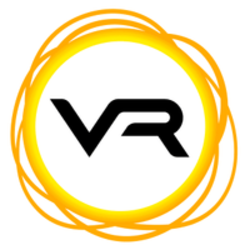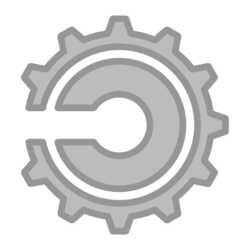Demystifying the Concept of Blockchain
Blockchain is a modern approach to record-keeping, utilizing a decentralized network of computers to store information across interconnected ledgers. Within this system, each “block” comprises a group of entries, while the term “chain” signifies the linkage of these entry collections. Blockchain can be described as a series of interconnected record sets.
Every link in the chain accommodates a collection of transactions. A duplicate transaction record is disseminated to all participants’ records whenever a new transaction occurs on the blockchain. This makes it highly challenging or even impossible for anyone to manipulate or deceive the system.
In the modern world, blockchain is recognized as the foundational technology for storing data related to cryptocurrency transactions, non-fungible token (NFT) ownership, or decentralized finance (DeFi) smart contracts.
The Originator of Blockchain Technology
Although a team of researchers described a securely encrypted chain of data blocks as early as 1991, this innovative idea failed to gain traction and needed more exploration. However, in 2009, the concept was repurposed by an anonymous entity or group, Satoshi Nakamoto, when they unveiled Bitcoin.
A misconception often causes people to use the terms blockchain and Bitcoin interchangeably. However, Bitcoin utilizes blockchain technology to maintain a transparent and tamper-proof ledger of transactions.
In essence, blockchains can be employed for recording an extensive range of data points securely. These can include transaction details, product stock levels, property deeds, etc.
Demystifying the Inner Workings of Blockchain Technology
Blockchain technology operates on maintaining and distributing data without modifying it. Consequently, a blockchain is a steadfast record of transactions, resistant to changes, deletions, or destruction. This inherent trait classifies blockchains under the broader category of distributed ledger technology (DLT).
Various computers, or nodes as they’re often referred to, uphold conventional blockchains. These nodes possess a complete record of all transactions within the blockchain. Should a user attempt to inject counterfeit transaction data, it becomes effortlessly identifiable by the blockchain network, thanks to its comprehensive record of all past activities.
A blockchain structure comprises numerous blocks carrying data, a cryptographic nonce, and a hash. Every block carries valuable information, such as the timestamp of a peer-to-peer transaction, a digital event record, or a smart contract.
The nonce is a quasi-random figure generated securely to guarantee safe transactions and interactions. It initiates a cryptographic hash while the system embeds data into the block.
Within this system, miners unearth new blocks for chain integration. Their reward for these mining efforts is a new allocation of cryptocurrency.
Understanding Blockchain Platforms
Developers and users utilize blockchain platforms as channels to explore and build innovative applications, leveraging the existing blockchain framework. Numerous blockchain bases, such as Ethereum, Bitcoin, Hyperledger Fabric, Tezos, and Ripple, offer diverse development opportunities.
Of particular significance, Ethereum provides a nurturing ecosystem for crafting smart contracts, customizable Initial Coin Offerings (ICOs), and Non-Fungible Tokens (NFTs). These digital advancements revolve around the Ethereum architecture, with their integrity protected by nodes operating within the Ethereum network.
Public vs. Private Blockchain
An open blockchain is a variety of blockchains open for all to join, contribute to, and scrutinize the data of the blockchain network. Illustrations of such blockchains include Bitcoin and Ethereum.
Conversely, a confined blockchain, like Ripple or Hyperledger, is controlled by a specific entity or consortium. Entry to this network is exclusively through an invitation. The controlling body possesses the power to alter the blockchain retrospectively. This kind of blockchain resembles an internal data storage system, albeit distributed across several nodes for enhanced security.
Applications of Blockchain Technology
While blockchain is commonly associated with cryptocurrencies, its potential extends far beyond. This groundbreaking technology is critical to revolutionizing diverse industries with its wide range of applications.
Cryptocurrency
Blockchain technology has gained significant recognition for its groundbreaking contribution to the underlying infrastructure of numerous cryptocurrencies. While its primary application lies in digital currency, individuals actively purchase, exchange, and sell cryptocurrencies, all of which are meticulously recorded on a blockchain. Consequently, the widespread adoption of cryptocurrencies can drive the extensive utilization of blockchain technology in various domains.
Banking and Finance
Blockchain’s continued operation is particularly advantageous for the banking and financial services industry. Unlike traditional banks that adhere to standard working hours, blockchain accelerates transactions through real-time validation.
We can already observe practical implementations of this technology, as blockchain-based transactions incorporating real-world currencies such as dollars and euros are currently in play. For instance, in the closing stages 2021, both HSBC and Wells Fargo initiated using blockchain systems for managing bilateral foreign currency (FX) settlements.
Management of Assets
The immutable nature of blockchain technology renders it a highly efficient solution for documenting and transacting various asset ownerships. Not only is this method prevalent in Non-Fungible Tokens (NFTs), but it has also grown to accommodate other types of assets, such as property titles.
Stakeholders in a transfer of ownership transaction can employ blockchain to confirm the property owner’s validity and the buyer’s financial capacity. Once the transaction is finalized, the blockchain logs the transfer details, eliminating the need for traditional, time-consuming paperwork. This system provides immediate updates and reduces costs and potential inaccuracies resulting from human intervention.
Smart Contracts
Blockchain technology introduced a revolutionary concept called “smart contracts.” These virtual agreements autonomously manage every aspect of a deal once all the predefined terms have been fulfilled. For example, a transaction for a service could be processed immediately once both the purchaser and provider have satisfied all the conditions of the agreement.
Surveillance of the Supply Chain Network
Like the case with Walmart, merchants can utilize blockchain technology to pinpoint the origin of issues, such as identifying the source of inferior-quality products and safeguarding their food supplies. Blockchain technology not only simplifies the process of scrutinizing the supply chain but also enables firms to confirm the legitimacy of each item and correctly label them as organic, local, or fair trade.
Forbes highlighted an escalating trend of implementing blockchain technology within the food sector, aiming to oversee the journey and safety of food from the farm to the end consumer.
Voting
Professionals are investigating methodologies to harness the power of blockchain technology to deter fraudulent electoral practices, and there are already firms that provide such an offering. Blockchain-based voting could enable individuals to cast votes that remain impervious to manipulation.
The state of West Virginia employed blockchain-based voting during the midterm elections in November 2018, witnessing firsthand the technology’s ability to eradicate electoral malpractices and stimulate increased voter participation.
Healthcare
Once health-related documentation is established and authenticated, it can be logged and safeguarded in the blockchain, instilling confidence in the immutable nature of individuals’ records. To ensure confidentiality, these medical histories can be securely lodged in the blockchain using a private key, granting exclusive access to designated individuals.
Advantages and Disadvantages of Blockchain
Advantages
- Precision in transactions
- No intermediaries involved
- Enhanced security through decentralized systems
- Safe, confidential, and effective transactions
- Clear and understandable technology
- Offers an alternative to traditional banking and a method for safeguarding personal data
- Accessible for everyone to use
Disadvantages
- The significant power expenditure is tied to Bitcoin mining.
- Inefficiencies related to speed and data processing.
- The potential for use in illicit activities.
- Difficulties in establishing and enforcing regulations.
- Constraints on data storage capabilities.
- Risks related to the potential loss of assets.
Bottomline
As per a 2021 research conducted by Deloitte on the adoption trends of blockchain in the marketplace, it’s fascinating to note that approximately 96% of financial service innovators think blockchain has found its way to mainstream usage. Considering the various practical uses of the technology currently being investigated and applied, it’s hardly a shock that specialists view blockchain as a solution with wide-scale applicability.
Despite the presence of challenges, particularly those related to the drawbacks of blockchain, there is a likelihood of more traditional businesses harnessing this technology. Observing the immense potential of blockchain, it’s plausible that investors could channel their resources into projects rooted in this technology.


















































